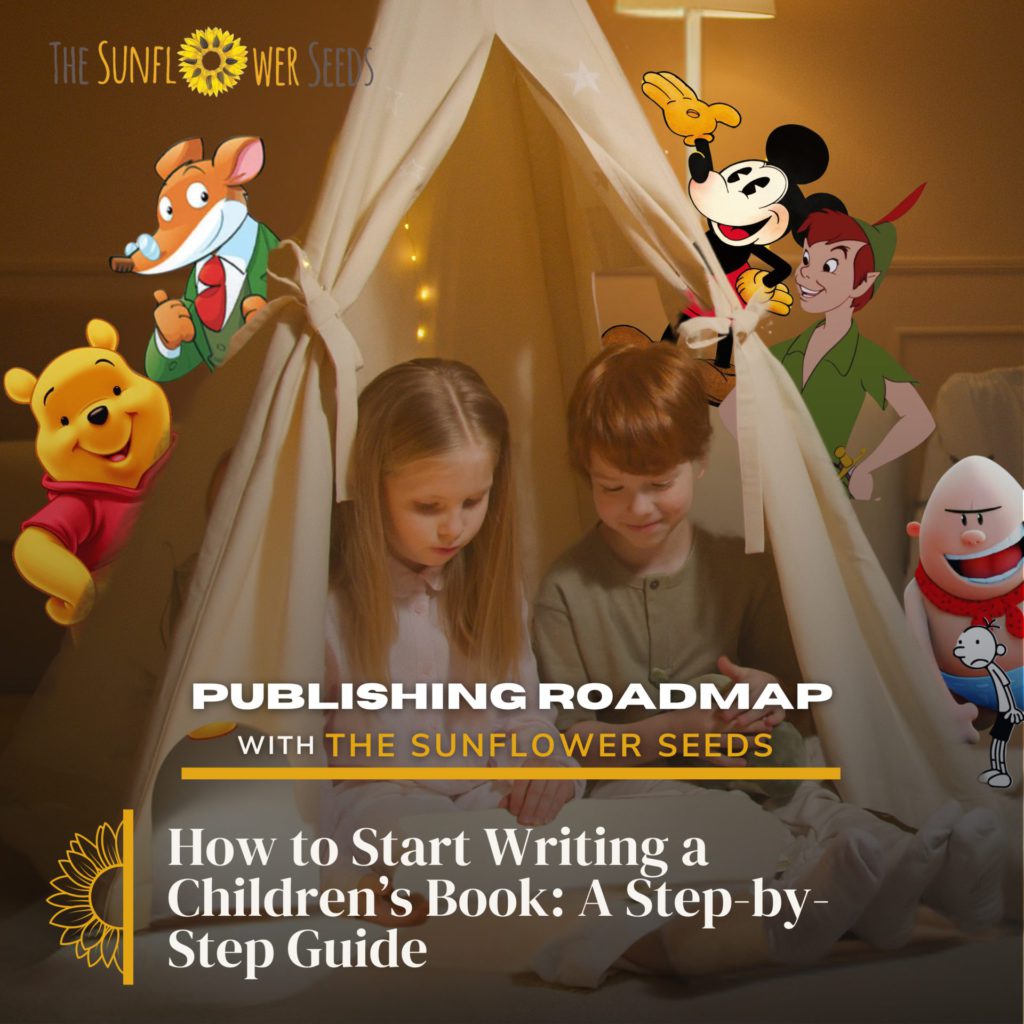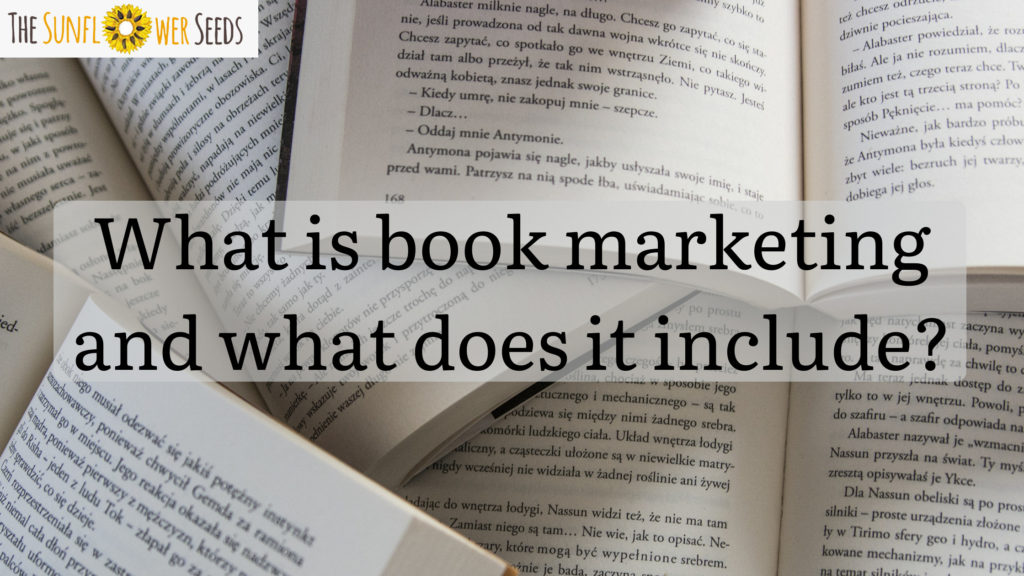How to Start Writing a Children’s Book: A Step-By-Step Guide
“You have to write the book that wants to be written. And if the book will be too difficult for grown-ups, then you write it for children. “
— Madenine Longle

Writing a children’s book begins with understanding your audience and crafting a story that resonates with their emotions and imagination. Children’s literature ranges from picture books for toddlers to engaging tales for middle-grade readers. Start by identifying your target age group and the themes you want to explore. Picture books like Goodnight Moon focus on soothing and simple ideas, while middle-grade fiction such as Percy Jackson and the Olympians weaves adventurous, multi-layered narratives that captivate older readers.
For beginners, tools like Grammarly can help refine your writing by ensuring it’s free of errors and appropriate for the chosen reading level. Other platforms like ProWritingAid offer advanced suggestions for improving sentence structure and clarity, vital for making your manuscript engaging.
What Makes a Good Children’s Book Idea?
Creating a compelling children’s book starts with a relatable and imaginative idea. The best books stem from simple questions or universal emotions, such as friendship, bravery, or curiosity. Consider how The Very Hungry Caterpillar turned a straightforward concept into an iconic story loved by generations.
When brainstorming, write down everyday experiences or childhood memories that could be reimagined in a fun or magical way. Use tools like Evernote to organize your ideas and revisit them during the creative process.
How to Create Engaging Characters for Kids?
Children connect with characters who are relatable yet aspirational. Memorable characters like Max from Where the Wild Things Are and Hermione Granger from Harry Potter resonate with readers because they are layered with personality and relatable struggles.
Focus on creating protagonists with clear goals, flaws, and strengths. If your characters have unique traits or quirks, it helps them stand out. Software like Scrivener can assist you in building detailed character profiles and organizing their arcs throughout your story.
How to Write and Edit a Children’s Book?
Once you’ve outlined your story, writing and editing become the crucial next steps. For children’s books, simplicity and clarity are key. Tools like Grammarly and Hemingway Editor are excellent for polishing your draft, checking for readability, and simplifying complex sentences to suit your audience’s age group.
After drafting, revise your manuscript for flow and consistency. Engage beta readers—especially parents or educators—to gain feedback on the story’s appeal and relatability.
Why Are Illustrations Important in Children’s Books?
Illustrations are vital for younger readers as they enhance storytelling and provide visual cues that complement the narrative. Whether it’s a picture book for toddlers or a chapter book with occasional illustrations, visuals bring your story to life.
Collaborating with professional illustrators ensures your story’s theme and tone are represented visually. For authors working with self-publishing platforms, The Sunflower Seeds can connect you with skilled illustrators who specialize in children’s books, ensuring your story makes a lasting impact.
Examples of Successful Children’s Books for Inspiration
Studying successful children’s books can provide valuable insights. Classics like Charlotte’s Web and Goodnight Moon demonstrate how simple ideas can become iconic stories. Meanwhile, modern hits like The Day the Crayons Quit and Wonder show the power of humor and emotional depth in captivating young audiences.
Reading widely in the genre also inspires creativity and helps you understand current trends and preferences among young readers.
How to Publish and Market Your Children’s Book?
Publishing a children’s book requires a well-thought-out plan. Self-publishing offers creative freedom, while traditional publishing provides access to established networks. Platforms like Kindle Direct Publishing (KDP) allow for affordable self-publishing options.
The Sunflower Seeds provides comprehensive support for authors, helping you refine your manuscript, design engaging visuals, and market your book to the right audience. With expert guidance, your children’s book can reach readers globally, ensuring it stands out in the competitive market.
What is Saplings, and How Does It Help?
Under the Saplings initiative by The Sunflower Seeds, writers focusing on children’s content receive specialized support. Saplings fosters stories that inspire creativity and learning in young readers. From conceptualizing your story to publishing it as an illustrated book, Saplings ensures your vision comes to life.
If you’re passionate about writing children’s literature, Saplings provides the tools, resources, and marketing strategies to ensure your book is both impactful and widely read.
Conclusion: Write Stories That Make a Difference
Writing a children’s book is a journey filled with creativity and responsibility. Whether you’re crafting a whimsical tale for toddlers or an adventurous story for preteens, the key is to connect emotionally with your audience while delivering meaningful content.
With tools like Grammarly for editing, Scrivener for organization, and The Sunflower Seeds for professional support, you can transform your ideas into a cherished book. Start your writing journey today, and let your stories bring joy and inspiration to children everywhere.
Ready to embark on your journey to becoming a bestselling author? Let us help you craft, publish, and market your story. Contact The Sunflower Seeds today to get started on your path to success.
Looking for tips on how to turn your book into an online bestseller? Discover proven strategies now! Click on the link below:
What Makes a Bestselling Book: Key Factors to Consider





